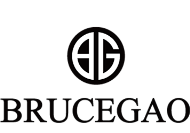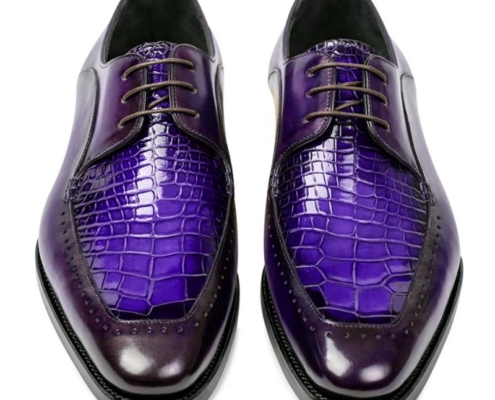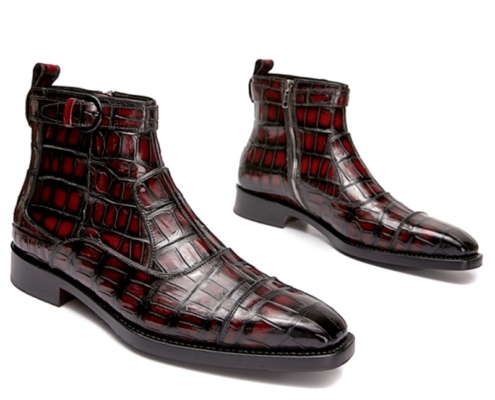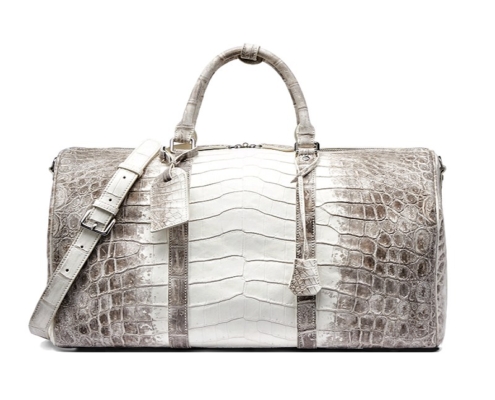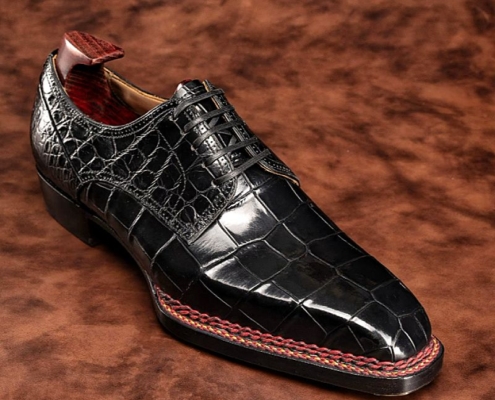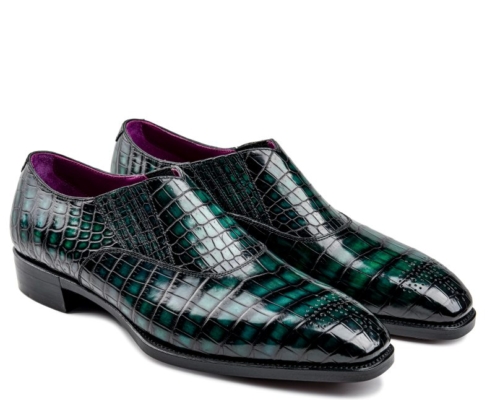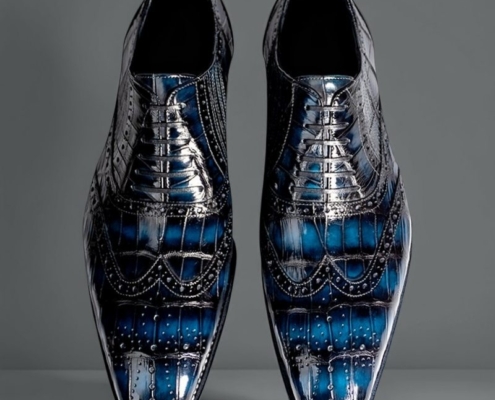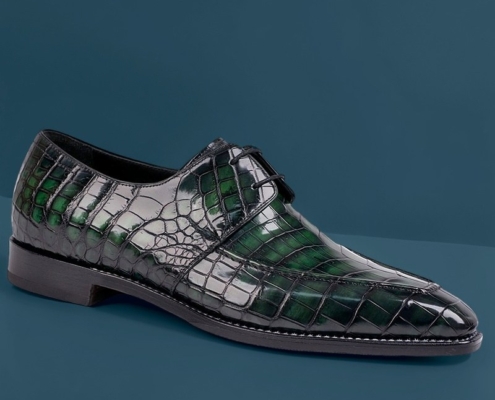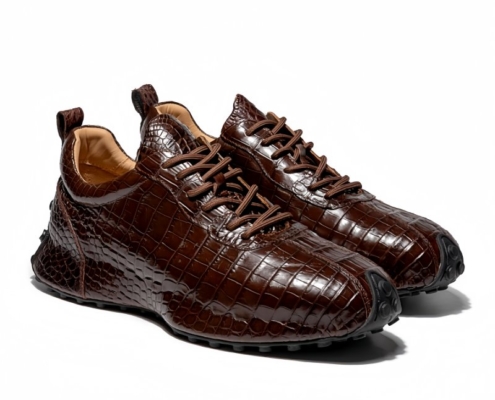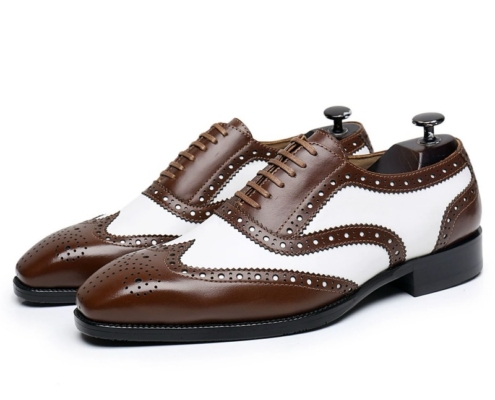How To Make Bespoke Shoes
Bespoke shoes have great importance when you talk about the shoe industry. Bespoke shoes are not purchased off the rack. They are made completely from scratch according to your precise foot shape and style preference. Each stitch cut and curve is planned around one person, and that is you.
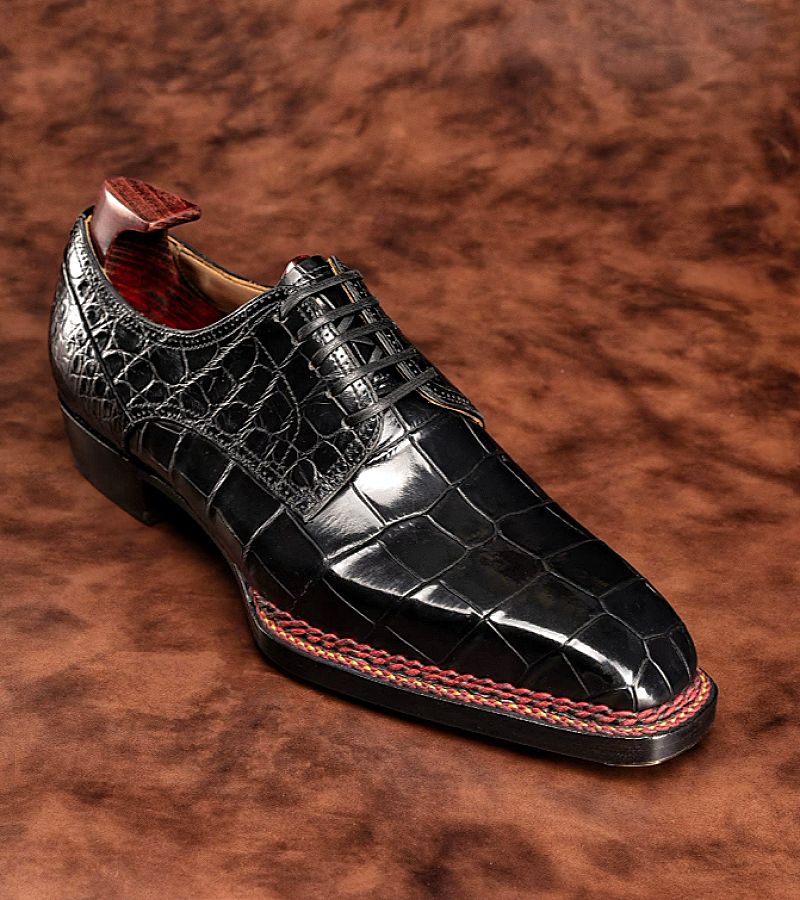
Planning and Designing Phase
The design and bespoke shoemaking process starts with planning before the first stitch. This step will make sure that the end product fits and suits your specifications and requirements.
Initial Consultation and Style Selection
The custom-made experience starts with a personal consultation between you and the shoemaker. Here, the craftsman familiarizes himself with your needs, daily lifestyle, and desires. Among traditional styles, you can select such ones as:
- Oxford (formal and sleek)
- Derby (slightly more casual with open lacing)
- Loafers (comfortable slip-ons)
- Monk straps (with buckle closures)
Also, during this time, color selection, toe shape (round, chisel, square), and any special orders (such as adding brogue marks to the shoe or a patina finish) are arranged.
Measurement of Foot and Analysis
Then, the shoemaker goes to measure up each foot carefully. It includes:
- Length and width
- Arch height
- Heel size
- Ball of foot
- Instep and ankle circumference
When making bespoke shoes, you should consider the differences in the size and shape of shoes by most people on the right and left feet. Some shoemakers go into detail about utilizing foot-mapping tools to examine your pressure points and walking posture.
Last Making (custom Mold)
After taking the measurements, the shoemaker will create a 3D model for you before carving the last of the foot. This may be of wood, plastic, or resin. It determines the form and fit and is created upon, after which the rest of the shoe is created.
The Selection of Leather and Materials
As you have decided on the shape and layout, now it comes to the selection of materials. The quality of the leather is quite significant as to the appearance of the shoe and the durability that it has. Depending on the financial budget and style, you have a variety of materials available:
- Calfskin
- Suede
- Patent leather
- Exotic skins
Besides the external leather, the shoemaker and you will select the following:
- Lining
- Sole type
- Heel height and construction
- Thread and stitching style
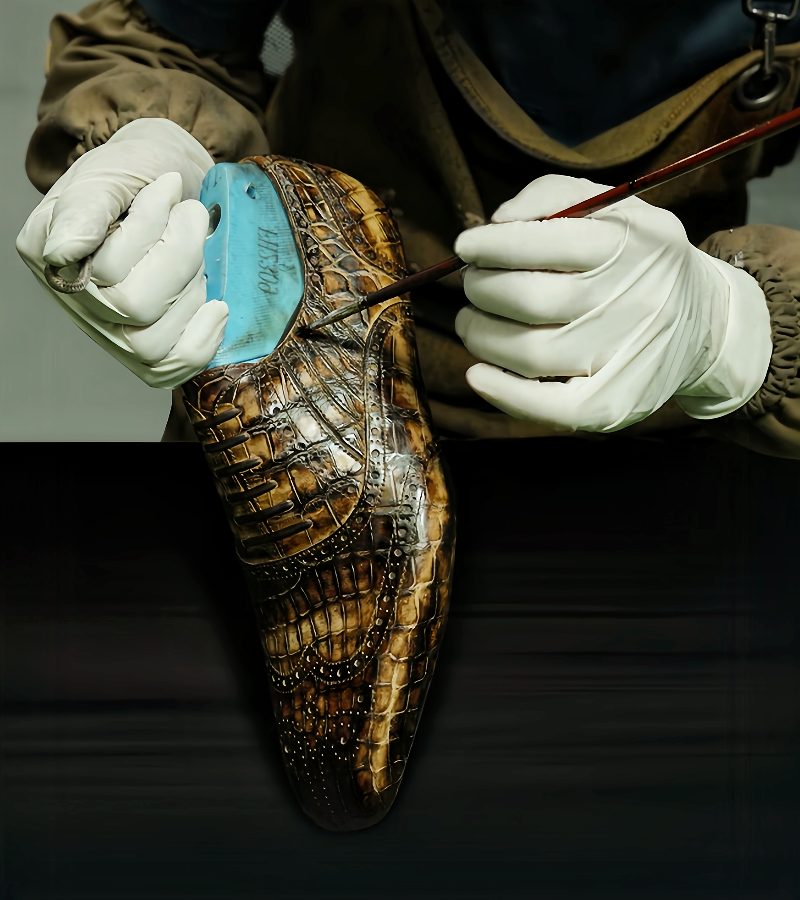
Cutting and Pattern Drafting
The selection of materials having been made, the shoemaker now works out a paper pattern formed in the shape of the last. The shape is drawn onto leather and carefully cut by hand. It is a process that needs proper eye and hand coordination to make all the cuts clean and precise. With few errors in the cuts, they anticipate future problems in the construction.
Bespoke Shoemaking and Crafting Phase
When the design and material have been worked out, then the actual work of the hands starts. It is a stage that converts raw leather and parts into a completed pair of custom-tailored shoes.
Assembling the Upper
The shoemaker starts by stitching the pieces of leather together to make the upper of the shoe go around the foot. The upper consists of the outer leather, inner lining, and often padding. In case the shoe has broguing, toe medallions, or ornamental stitches, it should be done at this step.
The process is sensitive and consumes a lot of time because the shoemaker has to be careful of the symmetry and clean finish of the shoe.
Lasting the Shoe
The upper is tightly nailed or glued to the bottom after the upper is complete, then the last is pulled tightly over the upper. This process is referred to as lasting. Lasting shapes the foot on the leather and brings the shoe to its final shape. The leather is stretched and rubbed until there are no wrinkles on the surface, and it is left to rest for hours or days until it can stiffen in position.
It is supposed to be a slow process to prevent damage to the leather or raise the pressure points on the finished bespoke shoe.
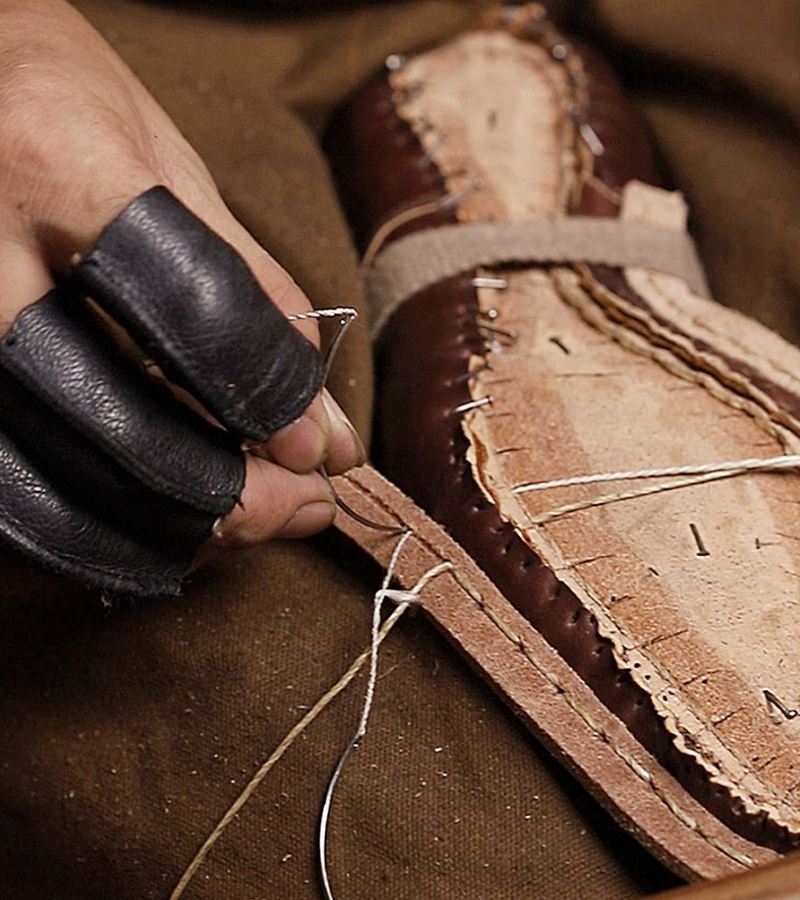
Putting on the Sole
The bespoke shoemaker puts on the sole with the upper formed and in position. It can be done in several variants, but the classic type of construction is the Goodyear welted technique. This style has the upper sewn to a welt (a leather strip), which is sewn to a sole. It produces durability, and the sole will be replaceable later.
The sole may be, according to design:
- Leather (sleek, breathable, formal)
- Rubber (non-slip, flexible, better for wet weather)
- Combination (leather with rubber insert for grip)
Finishing Touches and Polishing
The heel is then made layer after layer. Usually, a steel shank is added for strength. The sole is decorated by trimming the edges and dyeing them according to the design. The bespoke shoemaker cleans and polishes the leather. Your demand to have patinas or antique finishes, which involve hand coloring and buffing, is met here.
The intention is to enhance the natural beauty of leather and have a uniform look and sheen.
Final Adjustment
After the shoes are completed, a final fitting is applied to your feet. They also make you put on the shoes and walk to see about the comfort. If any adjustments are needed, the shoemaker provides minor customizations such as tightening the heel grip, stuffing the arch, or refitting the toe box.
Final Words
For any person who comes into an appreciation of comfort, fashion, and handwork, a pair of bespoke shoes is indeed worth the investment.
